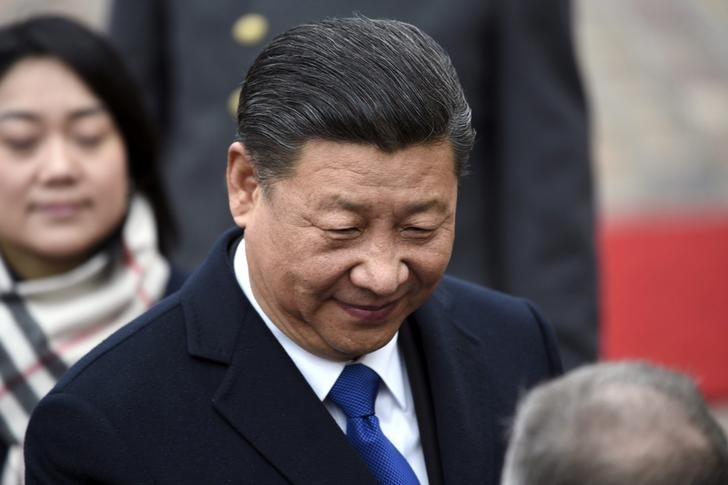How the Arctic fits into China’s ambitious transport infrastructure plans

Seen from an Arctic perspective, one of the ironies of China’s Belt and Road Initiative, a $5 trillion investment plan to create transport links on the Eurasian continent, is that it has facilitated the two longest train trips ever made. This at a time when everyone is talking about using Arctic sea routes as a way to shorten the distance between China and Europe.
The longer of the two journeys, undertaken in 2014, ran from Madrid, Spain, to the coastal city of Yiwu (via France, Germany, Poland, Belarus, Russia and Kazakhstan). There is now semi-regular service between the two cities. The second-longest, from Barking, near London, arrived in Yiwu on April 29. Although neither has yet found a reason for being, Chinese leaders will nonetheless hold them up as major accomplishments during the Belt and Road Forum, being held on May 14 and 15 in Beijing.
[Chinese president makes surprise visit to Alaska after Trump summit]
Befitting the huge sums of money being sunk into the initiative, as well as the importance Beijing places on its success, Xi Jinping, China’s president, will attend the forum, as will an expected 28 other heads of state, including Vladimir Putin.
The meeting is meant as a way to ensure that countries outside of China are still as enthusiastic about the plan as Beijing is. The more successes it can show off, the easier this will be. The two ultra-long-distance railways, which make stops in a combined 15 European cities will be one category where it can show its logistic and economic prowess.
For the Arctic, the biggest news so far is China’s 10 percent stake in Russia’s $27 billion Yamal LNG project. The gas extraction and shipping facility in northern Siberia is currently one of the largest Arctic development projects. Further infrastructure developments could include a railway connecting the facility with Europe’s railway network.
Politically, the outcome appears to be more robust ties between Moscow and Beijing. Owning a stake in a major development project in the region also makes it easier for Chinese leaders to justify their self-proclaimed title of “near-Arctic state.”
Equally important for both countries is the effect the Yamal LNG project has on bringing traffic to the Northern Sea Route, north of Russia. Development of the site has led to increased shipping activity, even if this is mostly local, the more ships that sail the route, the more viable it becomes in the minds of shippers who see it as a shortcut.
Though the Northern Sea Route was not initially included as part of what was first known as the ‘One Belt, One Road’ project (the ‘belt’ was the overland route between China and Europe, and has been called a new Silk Road. The ‘road’, confusingly, was the sea route, passing through the Indian Ocean), Beijing now appears committed to developing it alongside the other two strands.
If it lives up to its potential, as much as 15 percent of Chinese trade could sail on the Northern Sea Route by 2020. For Moscow, this would be a huge windfall, since it requires that vessels sailing the route pay hefty fees for things like mandatory ice-breaker escorts.
China’s road to Europe is paved with hard currency.